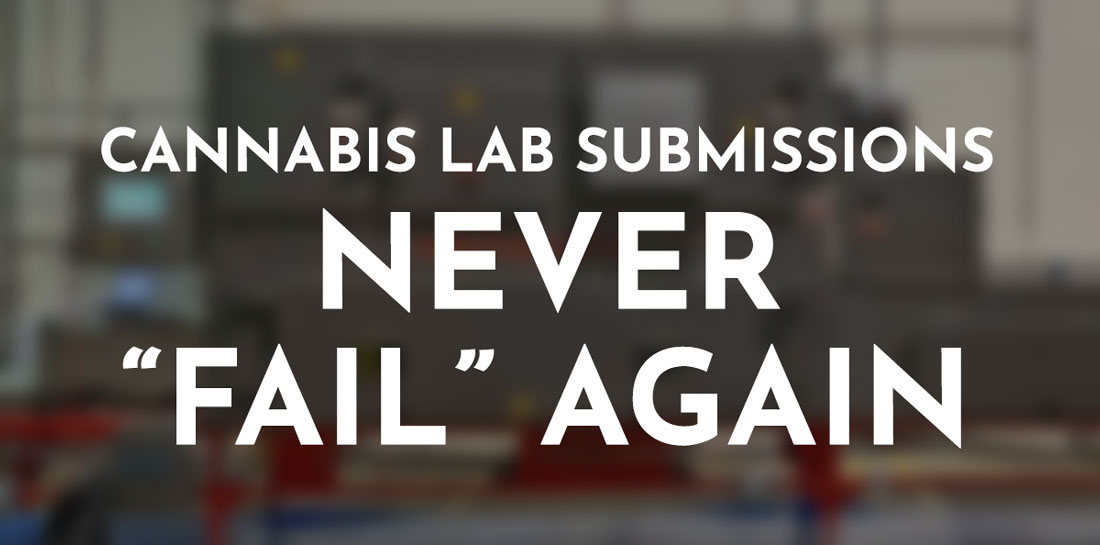
06 Sep Cannabis Lab Submissions, Never “Fail” Again…
By: Timothy D. Clark, President & CEO, Radio Frequency Company, Inc.
State mandated microbial levels and testing requirements for cannabis flowers have created an increasing challenge for growers to bring their products to market. Yeast, molds and bacteria are a common occurrence for outside growers and can occur naturally in the cleanest of inside grow facilities often at levels above the state regulated limits. Presently, if a batch is found to have aerobic plate counts (APCs) above the limit, extraction into concentrates has been the industry norm, however, at a high profit loss to the grower. A treatment solution is currently available to eliminate high APCs and maximize the grower’s profit.
Microbial limits and regulations, although relatively new to the ever growing cannabis marketplace, have been in place for decades for producers of agricultural food products, by both state and federal agencies. Accordingly, pasteurization or remediation technologies have long been used in production such that products with high APCs, bacteria or pathogens can be made safe for human and animal consumption. In other words, in virtually no other agricultural commodity market is product destroyed when microbial limits are exceeded; they are simply pasteurized to FDA safety standards. Common household food items, like black pepper, cinnamon and many others, are grown in areas of the world where process and food safety control measures are lax and are well known to have high APCs, bacteria counts, and have the risk of pathogens such as salmonella, E. coli and listeria. With this known risk validated kill steps have been developed, implemented and approved.
However, not all remediation technologies are appropriate for cannabis as the preservation of terpenes, cannabinoids and the prevention of decarboxylation are imperative. However, one validated technology, used successfully for the treatment of herbs and spices that also has delicate sensory and chemical properties, is radio frequency (RF) pasteurization.

Typical RF Herb & Spice Pasteurization System for a Maximum Rate of 2,500 Pounds Per Hour
Deployed and validated both domestically and internationally, the radio frequency pasteurization process is USDA Certified Organic, and is FDA Certified Natural, Clean-Label and Non-Additive. RF energy is non-ionizing, does not rely on the penetration of noxious gasses into the sometimes dense flowers and does not negatively affect the chemical composition of the product.
Meaning, with a viable treatment method for cannabis, product can be treated prior to laboratory submission so that “failed” laboratory results are virtually eliminated and the grower’s profits can be maximized.
For the treatment of cannabis, by growers or remediation laboratories, small batch systems are required and are currently available from Radio Frequency Company (RFC) for a process rate up to approximately 100 pounds per hour. With many of the features of RFC’s larger conveyorized pasteurization systems, RFC’s Model 5500 is available with delivery times as quick as 12 weeks, ARO.
Key features of the RFC Model 5500:
Fiber Optic Temperature Monitoring: Product temperature is monitored via fiber optic probes placed directly in the product during the treatment cycle. The probes provide an input to the closed-loop temperature control system. As the product being treated approaches the target temperature, output power is automatically reduced to prevent over-shoot during the temperature hold-time. “Time-to-temperature” and “hold-time” are fully programmable and can be stored in the PLC recipe library.
 Large RF Applicator Area: The effective heating area for the RF applicator is 36” wide by 32” deep enabling a variety of treatment container sizes.
Large RF Applicator Area: The effective heating area for the RF applicator is 36” wide by 32” deep enabling a variety of treatment container sizes.
Compact air-cooled design: The complete system is approximately the size of a kitchen refrigerator and requires no external cooling system.
Heated Applicator Compartment: To prevent radiational cooling from the product surfaces during the treatment time, and prevent condensation from forming, the applicator compartment features a thermostatically controlled ambient heating system.
Built to GMP Standards for Food Safety and Sanitization: Generator cooling air and heated process air are completely isolated and both filtered to MIRV 11 standards. Internal compartments are fully welded and accessible for periodic cleaning.
Radio Frequency Company is the world’s largest producer of RF pasteurization systems. Validated, commercialized and currently processing over 600 million pounds of treated products annually, this new smaller batch treatment system will join an established family of available systems in RFC’s lineup for the food safety market place. All systems are OSHA, FCC and EU compliant and carry the UL label.
For additional details, please contact us by clicking here.





Sorry, the comment form is closed at this time.